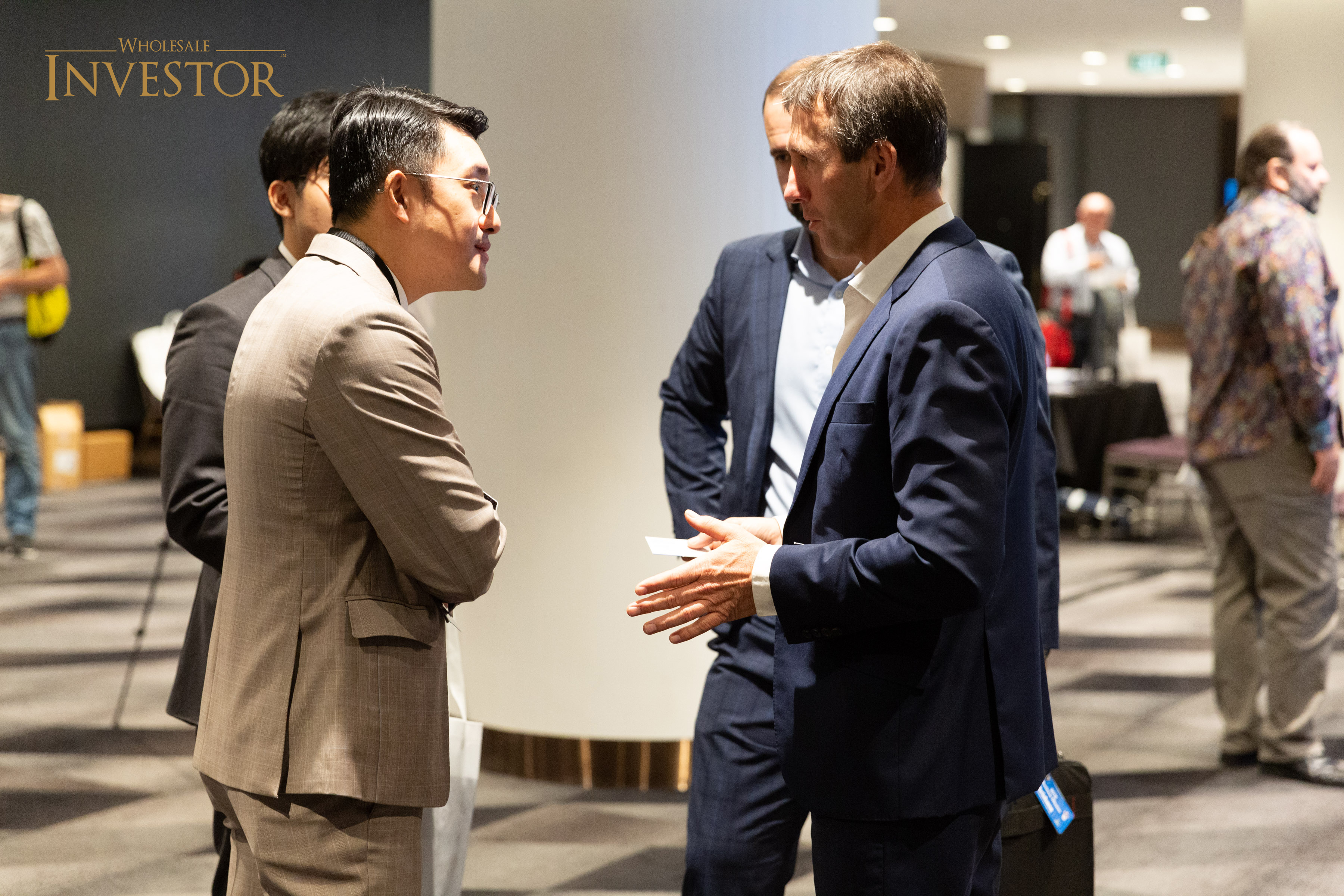News and Announcements

Entrepreneur’s perspective: the psychology of fundraising
- Published May 22, 2019 12:00AM UTC
- Publisher Wholesale Investor
- Categories Company Updates
Written by Hayk Hakobyan, May 2019
“Each of your brains creates its own myth about the universe.”
― Abhijit Naskar, Autobiography of God: Biopsy of A Cognitive Reality
The above quote is the truth. There is no one world – each of us lives in a world. And just like in anything, when it comes to money and fundraising for our projects, we live in our little world with our own idea of what an efficient fundraising process looks like. We do our research, then follow some steps we find convincing and voila! We fail. Generally speaking, startup fundraising is inefficient, lengthy and for the most part fruitless, minus the few (statistical) exceptions. 95% of all startups launched die within the first 3 years, the top second reason being the shortage of capital. Capital is the oxygen to a startup, powering its launch and growth, and yet this oxygen turns out to be very hard to come by.

Why do most startup fundraising efforts take a long time and frequently fail? Two reasons: 1) founders don’t understand, let alone incorporate, behavioural insights governing investors’ decision making process into their pitch deck and pitching process; 2) investors fail to see salient points and potential of startups thanks to lack of their time and focus, and not in small part, lack of founders’ lack of investors’ decision-making process and mindset. i.e. point 1 above. One fundamental insight helps solve both issues: the most decision making (of investors and human being in general) is instinctively guided and controlled by mental shortcuts (called cognitive biases), without them even being aware of those.
What are cognitive biases? Cognitive biases are mental shortcuts. They are bits and pieces of human character and behaviours that evolved over thousands of years to help us survive, initially in the context of hunter-gathering against predators and in the wild nature. While much time has elapsed, these biases are still present with us in the modern world.
Broadly speaking, cognitive biases can be split into two types: information processing and emotional biases. Information processing biases are statistical, quantitative errors of judgment that are easy to fix with new information. Emotional biases are much harder to change or fix as they are based on attitudes and feelings, consciously and unconsciously. Both types can have implications when you are a startup founder trying to fundraise because they operate to keep you within your comfort zone. The underlying belief that you’ll be safer, more secure and more comfortable with less uncertainty and risk dominates decision making. To fundraise efficiently and effectively, we need to do the opposite, by going after investors and selling our story (narrative bias), showing our vision (confirmation bias, clustering illusion) and getting them to buy into our team (halo effect) and product (distinction bias, zero-risk effect, pro-innovation bias).
Top seven biases that are critical for successful fundraising cover all aspects of successful pitch and pitching process. Entrepreneurs would be wise to incorporate these insights into their pitch decks, giving them the best shot at achieving their fundraising targets.
- Narrative fallacy. What is it: humans (including investors) have a tendency to look back at a sequence of events, facts or information in a linear and discernable cause-and-effect way. Cause-and-effect morph into a story. How to apply: make your pitch deck – at least the beginning part talking about Problem, Opportunity and Solution – into an inspiring story, with clear causes, effects and inspiration.
- Clustering illusion. What is it: investors tend to observe patterns in what are actually random events. How to apply it: you must showcase your team’s credentials, previous or relevant successes of exiting (or failing) startups or a successful career in an MNC, which will create a clustering illusion in an investor’s head that your team has been on a roll, and your current project’s vision will be achieved based on your team’s previous success. Also when you show traction/data to investors, make sure your case is compelling enough, even with little data using the clustering illusion to your advantage, by citing trends as validation of your vision.
- Confirmation bias. What is it: investors believe what they believe based on experiences and expertise they have accumulated in startup investing. How to apply it: include all the main points investors expect to see in your pitch deck, resulting in an investor “confirming” that your project is commercially sound and to have a serious consideration of investment. Lastly, in your deck, show your present solution as consistent with investor’s prior beliefs (i.e. in line with the investor’s current former portfolio investment) and avoid contradicting any strongly held opinions of the investor during pitching.
- Pro-innovation bias. What is it: novelty or “newness” are generally considered good by investors, hence showing a product innovation is a good idea. How to apply it: Pitch innovative features of your product and how they give you an edge over competitors, especially a competitive advantage. However, a caveat – investors know this well – is that you need to be very careful when pitching a business model innovation, as investors’ inclination is towards favouring business models that have proven track record, as opposed to completely new ones.
- Halo effect. What is it: this is the psychological tendency many people (including investors) have in judging others based on one trait they approve of. This one trait leads to the formation of an overall positive opinion of the person on the basis of that one perceived positive trait. For example, people judged to be “attractive” are often assumed to have other qualities such as intelligence or experience to a greater degree than people judged to be of “average” appearance. How to apply it: show (in the pitch deck) or inform (during pitching) of achievements (former exit, speaking at a prestigious event, etc) in order to create a halo effect in an investor’s head, which will then colour his/her judgment positively for the overall project, and in conjunction with other factors, might lead to an investment. Also, if you can show a testimonial by a celebrity or a well-known business person of your product or one similar to yours, the halo effect will do the rest!
- Zero-risk effect. What is it: this is a tendency to prefer the complete elimination of a risk even when alternative options produce a greater reduction in risk (overall). How to apply it: in your pitch deck, it is important to either not show potential risks (scale up or product) or show a risk with full mitigation of it. This is one of the main reasons that investors might not speak out or question you, but also decide not to go ahead with investment due to perceived risks in your product.
- Distinction bias. What is it: this is a tendency to view two options as more distinctive when evaluating them simultaneously than when evaluating them separately. It can magnify the near-meaningless differences between two very similar things to the extent they become decisive in which one we choose. How to apply it: in your pitch, compare your product with one or two competing products next to which yours has a clear benefit. This comparison will clearly sway the investor to your product as a preference.
A more complete list of biases (excluding the ones mentioned above) affecting an entrepreneur’s pitching ability can be found below.
- availability heuristic
- information bias
- expertise trap
- attribution error
- framing bias
- bandwagon effect
- hyperbolic discounting
- sunk cost fallacy
- planning fallacy
- omission bias
- choice-supportive bias
- the illusion of truth effect
- superiority bias
- self-serving bias
Cognitive biases are particularly challenging for the fundraising process as they have a profound impact on the creative right-side brain which is critical for creative ideas. Right brain thinking is more risky and prone to biases as it deals with abstract unknowns vs. left brain thinking which deals with more logical concrete knowns.
About Hayk Hakobyan

Hayk is a partner at Vision Capital, ICO financial advisory in SEA, in addition to being Expert-in-Residence at SOSV, the biggest VC accelerator in the world and APAC partner at Prysm Group, top blockchain economics and governance agency in North America and Europe.
Company Updates
Backed By Leading Investment Groups and Family Offices







